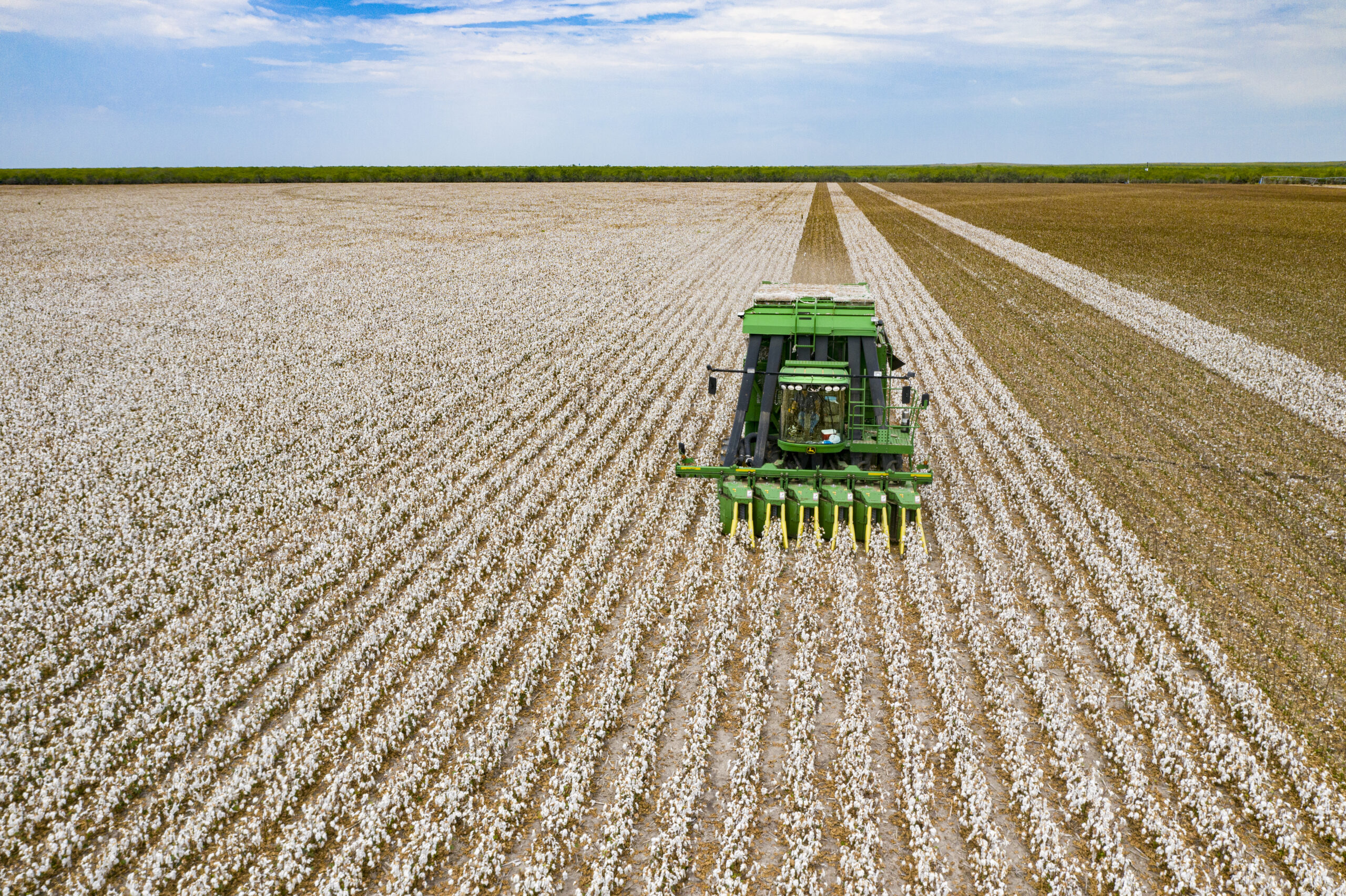As an Extension Economist, I regularly have the opportunity to talk about cow-calf profitability. I usually start with revenues, talking about calf prices and making assumptions about weaning weight and weaning rate. Then I walk through costs like winter feed (hay), pasture maintenance, breeding, vet/medicine, trucking, sale expenses, etc. While there is always room for discussion, most of these expenses can be estimated on a “per cow” basis by making some reasonable assumptions. At some point in the discussion, I bring up the topic of labor. Some cow-calf operations hire a significant amount of labor, but for a lot of these operations, the majority of labor is unpaid operator labor.
The classic economist approach to valuing unpaid labor is to value it at its opportunity cost. By that, I mean if the farmer could be making $20 per hour doing something else, their labor on the farm should be valued at $20 per hour and be treated as an expense. On the surface, it’s hard to argue with this logic, but it is also not the way that most farmers think about the value of their time. For this reason, I tend not to treat labor as an expense but instead make the point that any return must be sufficient to adequately compensate the operator for the time they spend. This allows each individual in the room to evaluate whether that return is sufficient and place whatever value they feel is appropriate on their time.
One danger of this approach is that it may encourage ignoring other expenses that often accompany operator labor. To illustrate this, consider two very different operator labor hours – an hour spent manually clearing fence rows and an hour spent on a tractor baling hay. A producer clearing fence rows may be using a set of loppers to cut small saplings, they may have a smaller set of clippers for briars and weeds, and they may even have a chainsaw they use on occasion when needed. An overly eager economist could talk about depreciation on that chainsaw and the other equipment, as well as the fuel being used when the chainsaw is operating, but clearly, these costs are pretty minimal. The point here is that the vast majority of the cost associated with an hour clearing fence rows is time.
On the contrary, time is a much smaller portion of the total cost of an hour spent baling hay. Beyond the hour of labor, the producer baling hay is running both a tractor and hay baler. Fuel costs are much more significant, as is depreciation on both pieces of equipment. The same can be said of maintenance and repairs associated with the additional use of the equipment. Choosing not to place a value on an hour spent clearing fences is one thing, but not placing a value on time spent baling hay is very different. Obviously, I am describing two extremes here, but hopefully, it helps to illustrate the point I am making. Sometimes an hour of operator labor is not just an hour of operator labor, especially if there are a lot of other expenses being incurred during that hour.
My experience has been that most farmers prefer time spent running machinery over time spent doing more manual labor. In fact, many producers would readily trade manual labor hours for more machinery hours. Cleaning out fence rows on a hot day is tough work, but the expense beyond the value of the time spent is minimal. Conversely, that same hour spent baling hay comes with a lot of additional expenses beyond the value of that time. The point is that choosing not to value operator labor is the choice of the farmer, but that farmer still needs to make sure they are valuing other costs incurred during those operator labor hours. Failing to do so has the potential to greatly underestimate the total costs for the operation.
Burdine, Kenny. “When is an Hour of Operator Labor, Not Just an Hour of Operator Labor?” Southern Ag Today 4(42.1). October 14, 2024. Permalink

